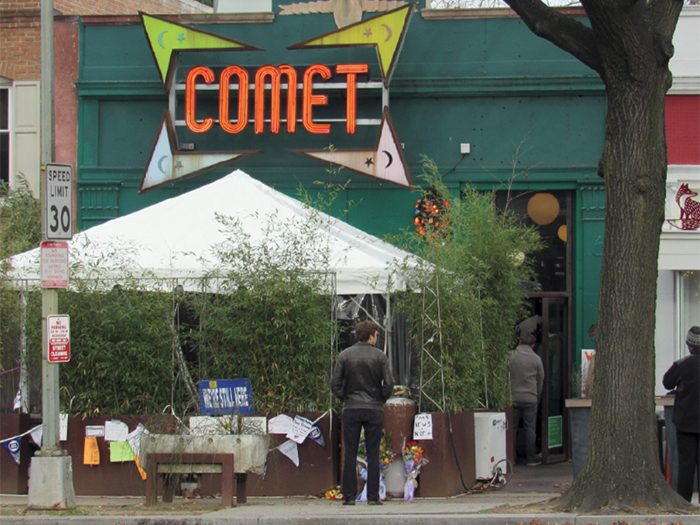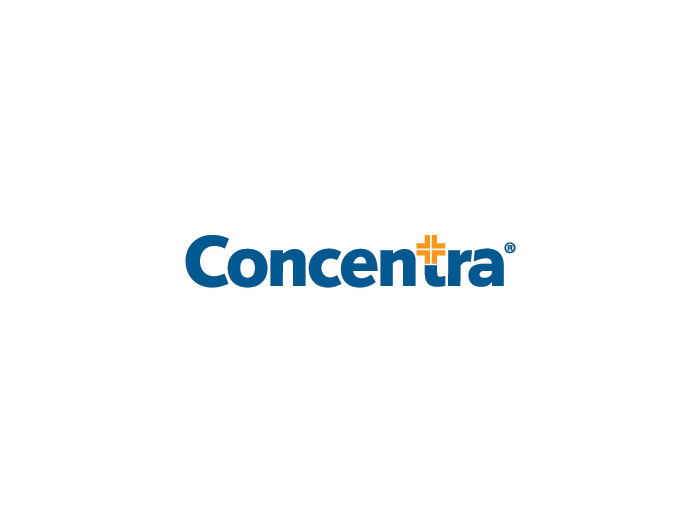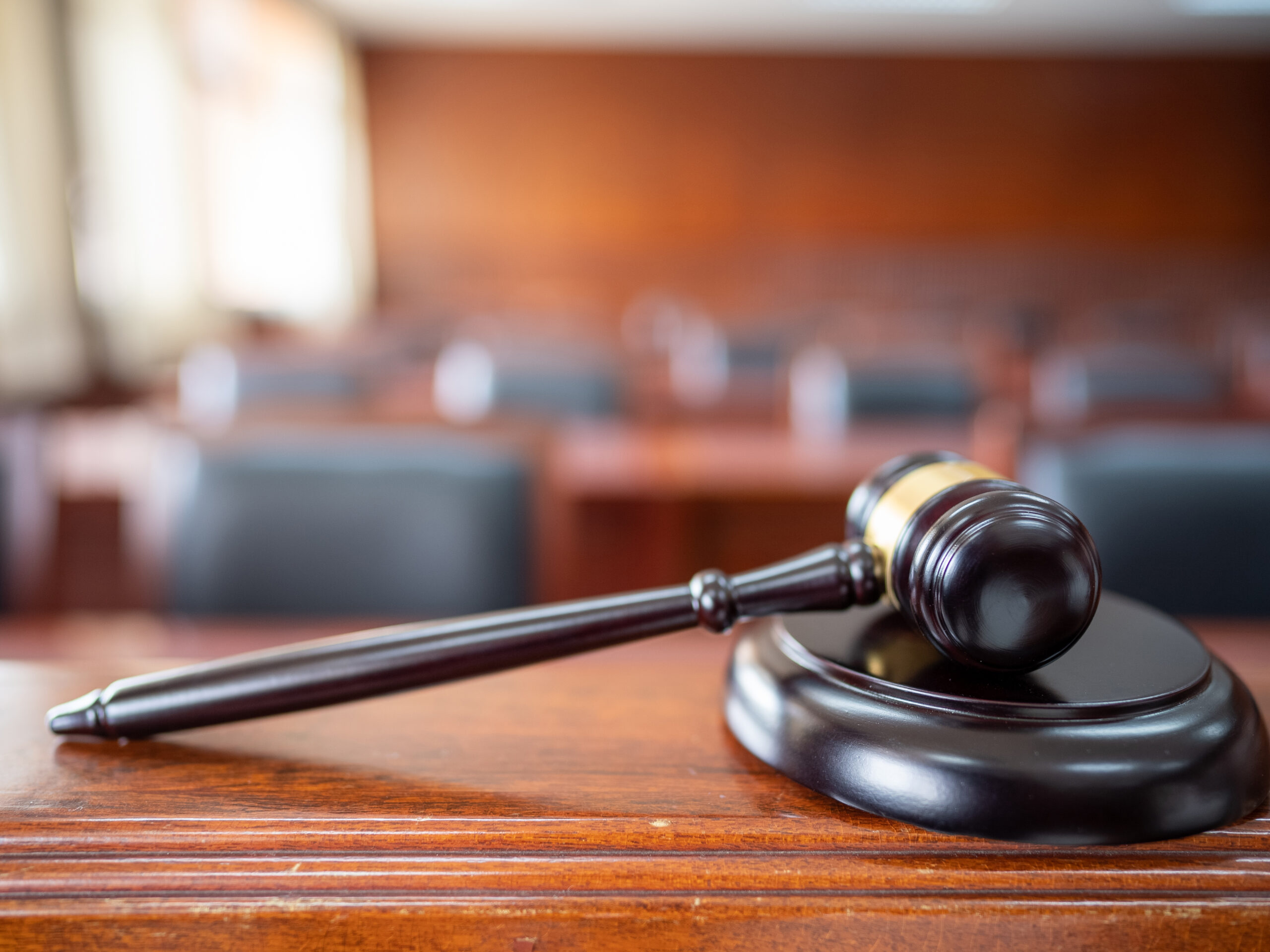Reputation Risk
Fake News, Real Threat

The phenomenon of fake news has been around for many years, making it hard for us to separate fact from fiction. One of the earliest examples was the “New York Sun” claiming to have discovered a civilization on the moon in 1835.
But it wasn’t until “Pizzagate” last December that the potential severity of its impact on individuals and companies really hit home.
On Dec. 4, Edgar M. Welch, a father of two from North Carolina, was arrested and charged with firing an assault rifle in the Comet Ping Pong pizzeria in Washington D.C.
Welch read online that the restaurant was harboring young children as sex slaves as part of a child-abuse ring led by Hillary Clinton. Alarmed, he drove six hours from his home to see the situation for himself. Little did he know, he’d been reading fake news stories about the restaurant.
On a wider scale, many people believe that fake news impacted the outcome of the U.S. election. In November, Buzzfeed said it discovered more than 100 pro-Trump fake news sites operated by Macedonian teenagers as for-profit click-farms.
What Is Fake News?
Fake news, by definition, is a completely made-up story, manipulated to resemble a credible news report and to attract maximum attention and advertising revenue.
Given the power of the internet, and the fact that an estimated 62 percent of the U.S. population now gets the majority of their news from social media, fake news spreads wide and is hard to stop.
“Fake news spreads faster than ever,” said Elizabeth Carmichael, owner of Carmichael Associates LLC, a firm that provides compliance and risk management services to educational institutions. “The authors make stories sensational to get as many clicks as possible by getting people to forward them and retweet them. The fact that many of these fake news sources are anonymous, and often passed on by millions of people, means it’s extremely difficult to stop or prosecute offenders.”
Despite Facebook’s plan to flag false news stories by using fact checkers, there’s still a long way to go to eliminate the problem altogether.
William Atak, CEO of SafeOnNet, an insurer specializing in online reputational risk, said the potential for reputational harm increased significantly in recent years. Along with it, the potential for millions in lost profits.
“Fake news has always existed. Only now, the perpetrators have the tools and knowledge to create stories at just the right moment and exploit social media and its algorithms,” he said.
Nir Kossovsky, CEO of Steel City Re, whose firm specializes in reputation insurance for publicly traded companies, said that fake news has the ability to undermine a company’s business model and the credibility of its leadership. Worse, it can impact any organizations it is associated with.
“The specter of consequences arising from this post-fact type of communication can be far-reaching,” he said.
In the case of Pizzagate, Carmichael said, the restaurant’s owners faced not only reputational damage, but also the physical and psychological impact on its staff.
“The most worrying thing yet is that this has the potential to happen to almost any business in the world,” she said.
Pre-Emptive Strategy
In most circumstances where reputational damage has already occurred, a company would assess its losses and then take action, said Kossovsky. With fake news, however, he said, firms need to be proactive in dealing with the damaging misinformation that impairs their value as investors dump stock or threaten to sue directors for their actions.
“The general rule is lay low, shut up and say nothing until you have figured out what’s going on,” he said. But fake news can spread so rapidly that companies need to assess the potential consequences in advance.
Kossovsky said it is important to get all stakeholders on board from the outset, including investor relations, marketing and risk managers.
“Humans by their very nature tend to latch onto the first piece of information they find. Then it’s up to you to convince them otherwise,” he said.
“Therefore it’s key to take a position so that when fake news is circulated, stakeholders either don’t believe it or don’t pay any attention.”
Atak said that companies need to keep a watchful eye on the internet; act swiftly to communicate with customers, staff, boards of directors and investors; and utilize newsletters and social media.
“We have witnessed countless examples of companies that spent more than 25 years establishing a good reputation, only to see it ruined in an instant,” he said.
“The most worrying thing yet is that this has the potential to happen to almost any business in the world.” — Elizabeth Carmichael, owner, Carmichael Associates LLC
Carmichael said that denial is often the worst course of action once fake news is out. A better strategy is to put out an even bigger story to counter it.
She added that a company should include crisis communications in its disaster recovery or emergency response plan(s) and, once targeted, engage its communications team.
“That might be anything from putting out a disclaimer or a news story on their web page to getting the legitimate press to discredit the original fake news story,” she said.
“The big problem, however, is that once the fake news story has been banned or removed from one platform it quickly moves on to another.”
Reputation Insurance
Despite the viral nature of fake news, Kossovsky said, companies can take out insurance to cover themselves against reputational damage and losses to go alongside their risk mitigation strategy.
“The whole point of the risk management process is firstly to pre-emptively mitigate against the impact of an assault of post-fact communication, and secondly to create a loss-absorption strategy to deal with the temporary panic that might arise.”
Carmichael added that while some insurers also offer crisis communications support, blanket specialized coverage for reputation risks is some way off.
“The best defense is to have good, well-monitored policies and procedures in the organization so the company can readily demonstrate with its own data the falsity of the story,” she said.
A worrying recent development witnessed by Atak is the rise of criminal gangs that create fake news solely for blackmail purposes.
“It is easy to cover your tracks online and the authorities are not yet capable, nor do they have the tools, to fight this new type of digital crime,” he said.
In order to stem the flow of fake news, Kossovsky believes that large corporations need to partner with the media to develop a market-based solution.
“Social media firms have the technology to vet a lot of this content, but they can only attack pieces of information at one time,” he said.
“Having an industry-wide solution in the form of a panel that sets the standard for the quality of news would go much further towards tackling the problem.” &












